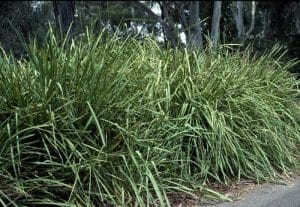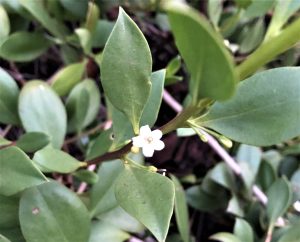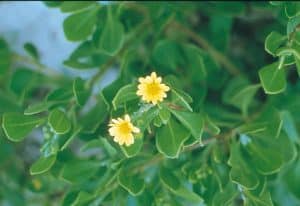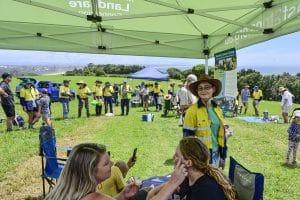HARD CORKWOOD
Endiandra sieberi, has distinctive coarse and fissured bark and is one of the dominant canopy trees in this rainforest. The fruit of this Corkwood tree is an important food source for fruit-eating pigeons and other wildlife.
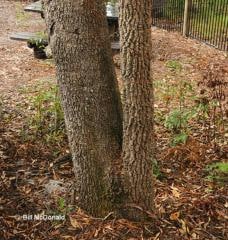
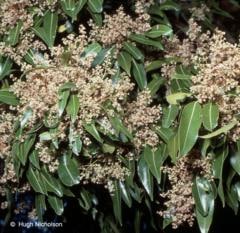
BRUSH KURRAJONG
About 30 metres further on to the right, Brush Kurrajong Commersonia fraseri can be seen doing its job of recolonizing an area where the canopy has been opened by a fallen tree. Brush Kurrajong is a large shrub or small tree identified by the largish leaves 5 to 17cm long with toothed margins that become heart-shaped with age and the whitish leaf undersides are covered in a fine fur.
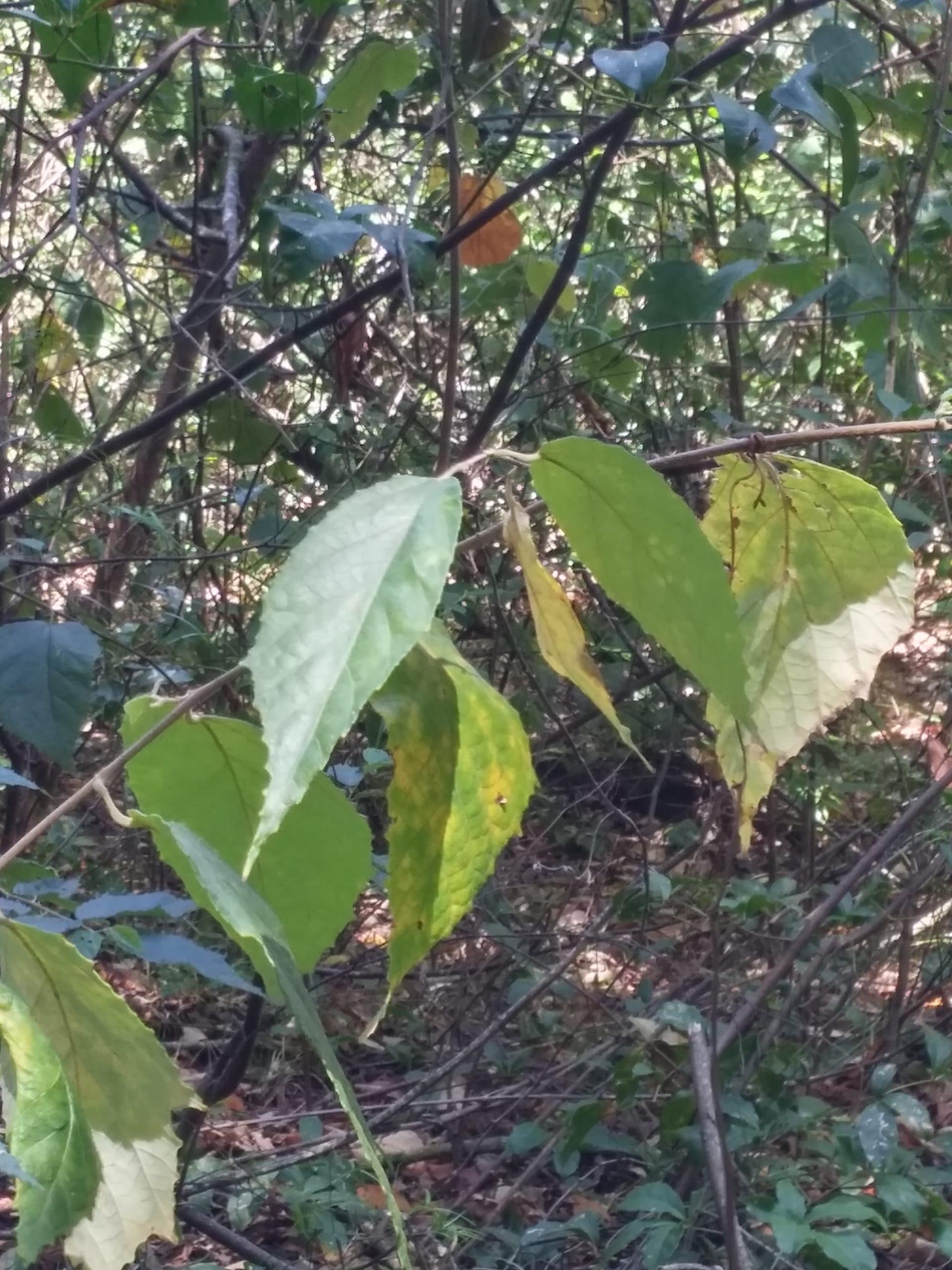
You can also see the remnant of the canopy tree lying on the ground nearby. Tree seedlings often stay small for many years waiting for a gap to open in the canopy when a tree dies.
Off to the right of the track you might notice some rocks amongst the ground cover. These are not naturally occurring here and would most likely be ballast rocks from the old railway line which ran from Crowdy Head Back Beach Quarry to the Harrington Breakwall.


